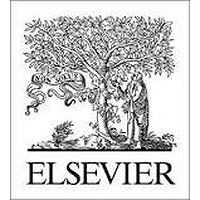Wound healing is a multifarious and vibrant process of replacing devitalized and damaged cellular structures, leading to restoration of the skin's barrier function, re-establishment of tissue integrity, and maintenance of the internal homeostasis. Curcumin (CUR) and its analogs have gained widespread recognition due to their remarkable anti-inflammatory, anti-infective, anticancer, immunomodulatory, antioxidant, and wound healing activities. However, their pharmaceutical significance is limited due to inherent hydrophobic nature, poor water solubility, low bioavailability, chemical instability, rapid metabolism and short half-life. Owing to their pharmaceutical limitations, newer strategies have been attempted in recent years aiming to mitigate problems related to the effective delivery of curcum-anoids and to improve their wound healing potential. These advanced strategies include nanovesicles, polymeric micelles, conventional liposomes and hyalurosomes, nanocomposite hydrogels, electrospun nanofibers, nanohybrid scaffolds, nanoconjugates, nanostructured lipid carriers (NLCs), nanoemulsion, nanodispersion, and polymeric nanoparticles (NPs). The superior wound healing activities achieved after nanoencapsulation of the CUR are attributed to its target-specific delivery, longer retention at the target site, avoiding premature degradation of the encapsulated cargo and the therapeutic superiority of the advanced delivery systems over the conventional delivery. We have critically reviewed the literature and summarize the convincing evidence which explore the pharmaceutical significance and therapeutic feasibility of the advanced delivery systems in improving wound healing activities of the CUR and its analogs. (C) 2016 Elsevier B.V. All rights reserved.

Nanoencapsulation, an efficient and promising approach to maximize wound healing efficacy of curcumin: A review of new trends and state-of-the-art
Review badges
1 pre-pub reviews
0 post-pub reviews



